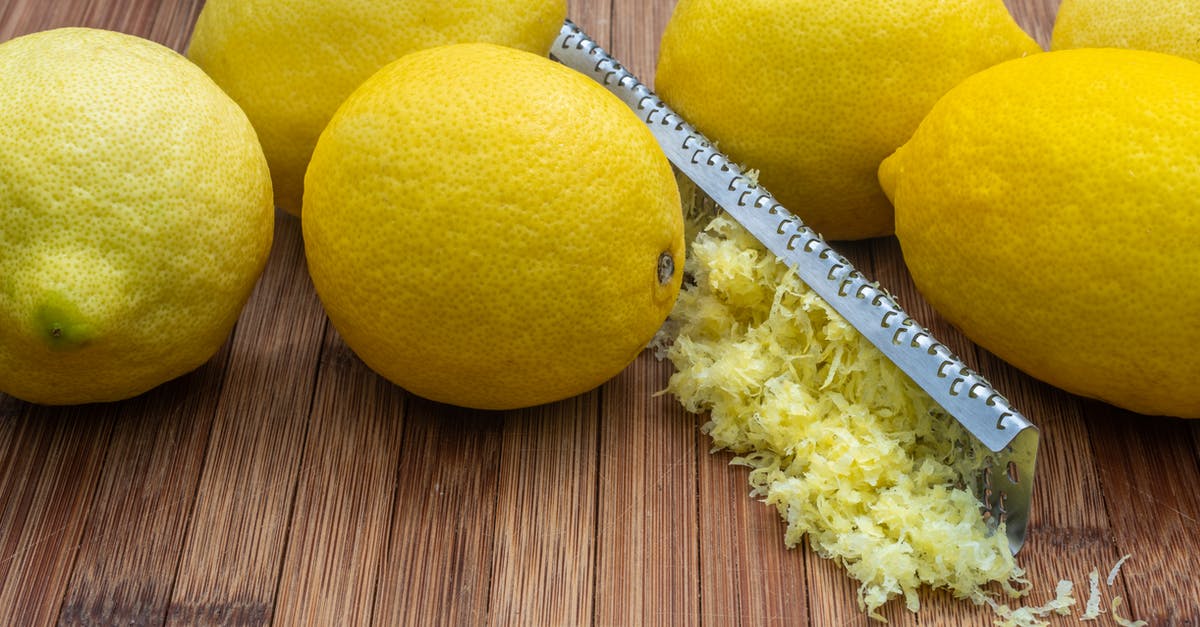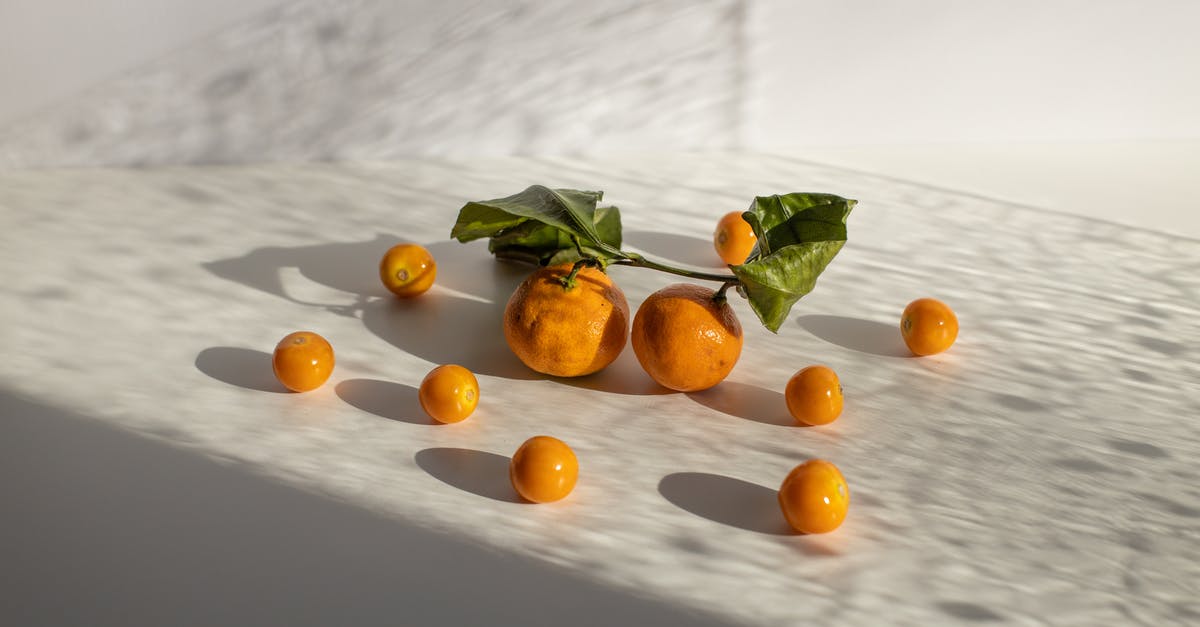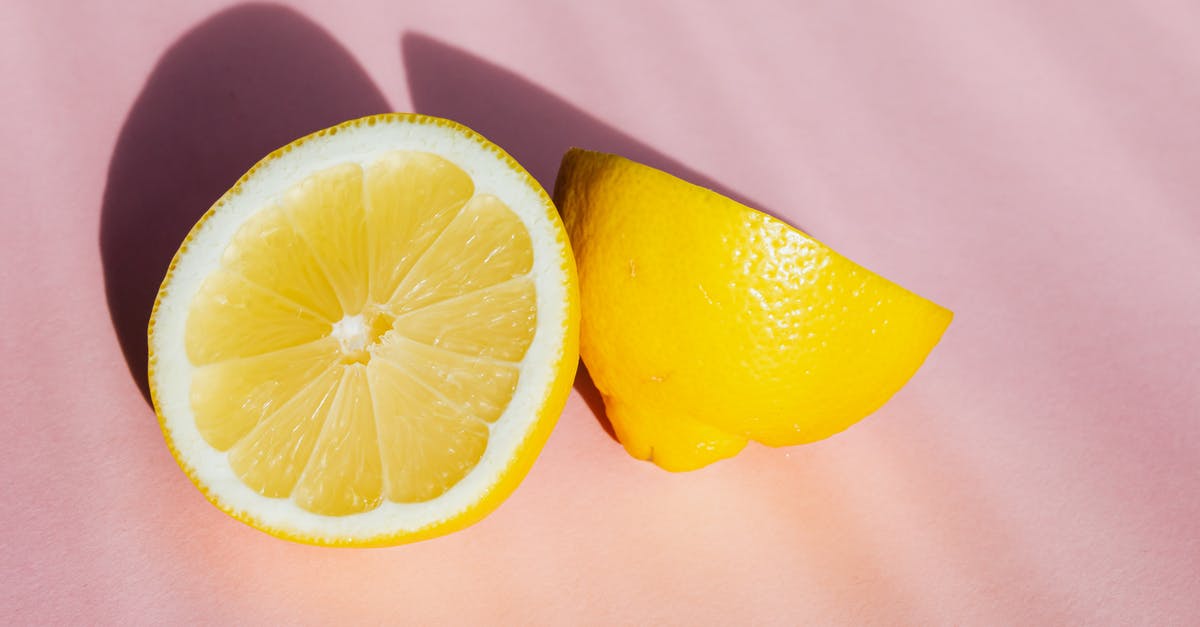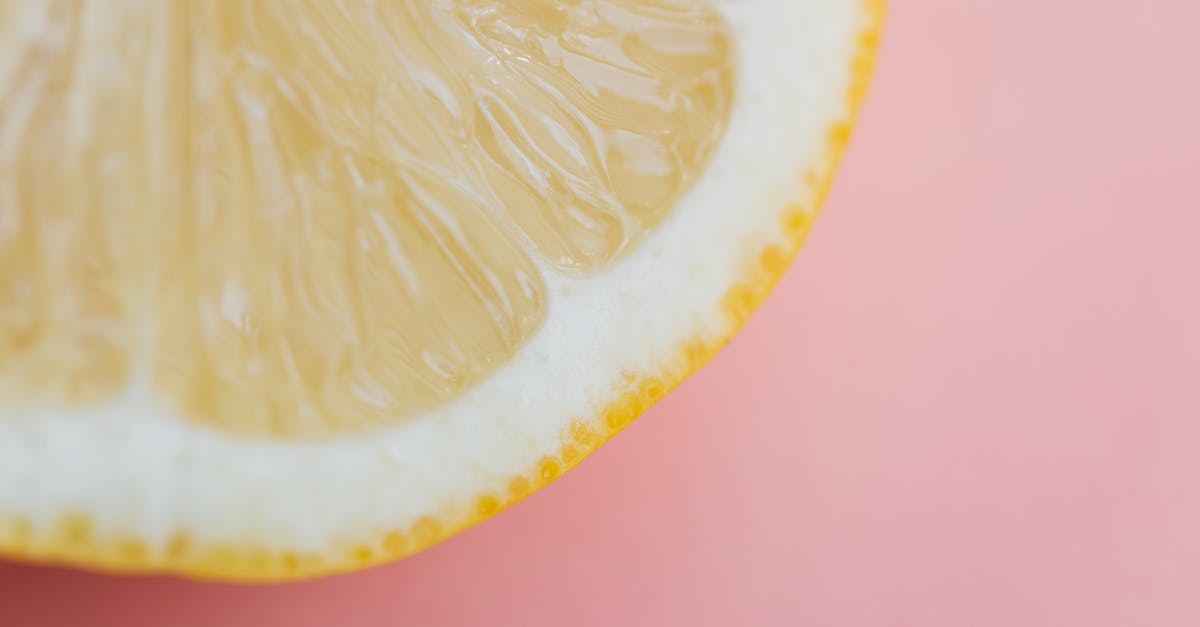Does wax on citrus fruit make the zest unsafe to eat or compromise its flavor?

A number of (chiefly British) recipes specify unwaxed lemons for zesting. Unwaxed citrus fruit are not widely available here in Sweden, so I have to make do by attempting to remove the wax before zesting. Recently I have had doubts regarding the extent to which I actually succeed in doing so, and now I wonder whether it is even worth the trouble.
Citrus fruit have a natural wax coating that is washed off along with orchard grime at the packing house. A new protective coating is applied before packing, and it is this that I am concerned about.
I have two concerns. First there is a food safety issue. Reading the FDA and EU food additive regulations, I see that some substances are permitted for citrus and fruit such as apples and pears where the peel is normally eaten. Other substances are only to be used on citrus or other fruit where the peel is not normally ingested. On the face of it this seems to suggest that the consumption of citrus peel has not been taken into account. I understand that this may not be the case, but since neither regulatory body clarify the issue (at least not in the linked documents), I feel my concern is warranted.
My second concern is regarding whether the taste of the peel is compromised by the coating. This is a tricky question for me to answer since I have no access to untreated citrus. There is the additional difficulty that there are so many substances permitted, and the supermarkets here give no indication of what is used. Presumably some types of coating taste better and others worse. I include this part of question with the faint hope that there may be someone reading who is not subject to the same limitations.
Is it worth bothering even trying to wash the wax of citrus?
Best Answer
I recently did some experimenting on this exact topic. I can't contribute anything to the safety part of your question, but I have some notes regarding flavor.
The experiment: I blind tasted lemon zest in a group of associates and friends with varying degrees of palate development. Most people were able to differentiate between fresh zest with wax and fresh zest without. Nobody could tell the difference once we'd incorporated the zest into a dish, probably since the wax reflows and becomes very diluted. The experiment didn't eliminate every possible variable or control for every factor, but I thought I'd pass this along in case it's useful to you.
In my personal experience - when I compare waxed and unwaxed citrus fruit side by side - the taste of fresh zest is slightly bittered by the presence of wax. Mouthfeel is appreciably gummier and I find it harder to perceive the zest's moisture as well.
If enough of us perform this experiment we could cobble together our own unofficial data :) I'd be more than happy to crunch the stats.
Pictures about "Does wax on citrus fruit make the zest unsafe to eat or compromise its flavor?"



Quick Answer about "Does wax on citrus fruit make the zest unsafe to eat or compromise its flavor?"
(**) There is no reason whatsoever to worry about the wax, if it bothers you mix the lemon zests with a little bit of alcohol. This is also recommended to extract the aroma.Is it OK to use waxed lemon zest?
Unwaxed lemons are ideal for slicing and adding to drinks or using as a garnish and when the zest is required. If a recipe uses lemon juice waxed lemons are the best choice. If you prefer to use unwaxed lemons but only waxed are available, simply lightly scrub the peel first to remove the wax.Can you use waxed orange zest?
The wax may not bother you if you're using only the juice, and waxed fruit will last longer, but if you want to grate or pare the zest, unwaxed is best.What wax is used on citrus fruit?
If you see very shiny citrus in the supermarket, it has probably been treated with wax. Most food-grade wax is made with carnauba wax.The TRUTH About Fruit Wax
More answers regarding does wax on citrus fruit make the zest unsafe to eat or compromise its flavor?
Answer 2
Not the wax is the problem here, but rather the fungicide treatment that accompanies the waxing. In Europe it mostly is done with thiadibendazole. Thiadibendazole is not very soluble in water. When you peel the lemon and eat it, you will only incoroporate a very tiny amount. However it is very soluble in oil, and it is solved in the wax coating and much more importantly in the aromatic oils in the lemon peel. Washing the latter away would make using the lemon peel pointless.
Now for the amounts, when talking about toxicity the dose always is the most important aspect. Within the European Union it is permitted to have 0.01 mg/kg in fruit juices. I.e. it is considered save to consume that amount. On the other hand it is permitted to have 5 mg/kg on lemon peels.[1] This is a 500 times larger concentration. Even if you would wash of 90% of the thiadibendazole from your lemon peel, you would have 50 times higher concentrations than permitted for consumption. This is perfectly OK when you eat the lemon.
Wash it with warm soapy water and you do not have to worry at all when peeling or cutting it. Even putting such lemons into a soft drink is certainly not problematic (after washing!).* However peeling or zesting the lemons to eat the peel is an entirely different matter.
The only way to go is to use untreated (not unwaxed!)** or organic lemons.
(*) This is different in cocktails, when it has a high alcohol content it will solve the thiadibendazole very readily.
(**) There is no reason whatsoever to worry about the wax, if it bothers you mix the lemon zests with a little bit of alcohol. This is also recommended to extract the aroma. Gin is lovely for that purpose.
[1] http://eur-lex.europa.eu/LexUriServ/LexUriServ.do?uri=OJ:L:2008:058:0001:0398:en:PDF
Answer 3
Is the wax safe?
Coatings used on fruits and vegetables must meet FDA food additive regulations for safety. [ US Food & Drug Administration: http://www.fda.gov/food/resourcesforyou/consumers/ucm114299 ]
In the States, at least, it appears that fruit wax is regulated. Now, that doesn't mean it's healthy (cigarettes and gasoline are also regulated), but it should be a decent voucher of safety.
Of course, history shows that the government doesn't always know best... but I don't personally expect a large scale beeswax-related cancer epidemic to start sweeping across the Fruit Salad enthusiast scene.
Can wax be removed?
Waxes generally cannot be removed by regular washing. If consumers prefer not to consume waxes--even though the waxes are safe--they can buy un-waxed commodities or can peel the fruit or vegetable, thereby removing any coating. [ Rainier Fruit Company: http://www.rainierfruit.com/products/wax.html ]
Fruit companies seem to say nay.
Is it worth bothering to try to remove the wax?
In the end, we are talking about spending energy worrying about a drop of wax. I wager that one Taco Bell taco is worse for you than all of the fruit wax (man-made or otherwise) you will consume in a year.
Nutrition is often a matter of degrees. You have to pick your battles.
As far as flavor goes... the fruit guys seem to say no. But of course they would say that.
I haven't found any conclusive source that claims otherwise.
Answer 4
The Food and Drug Administration has approved several waxes for such use, made from shellacs, paraffins, palm oil derivatives and synthetic resins. Those ingredients are also in waxes for your car and kitchen floor, but as far as anyone knows, the waxes used on produce are safe.
The caveat is necessary because the FDA has never adequately tested them for safety. Before 1958, food additives were not tested, but were permitted if there was no evidence of hazard. Such products have been categorized under the FDA heading: Generally Recognized As Safe.
There are 21 fruits and vegetables that may be waxed: apples, avocados, bell peppers, cantaloupes, cucumbers, eggplants, grapefruits, lemons, limes, melons, oranges, parsnips, passion fruits, peaches, pineapples, pumpkins, rutabagas, squashes, sweet potatoes, tomatoes and turnips.
The waxes sometimes contain fungicides. Both the waxes and the fungicides are used to prevent spoilage, the former to retard moisture loss and prevent shriveling, the latter to prevent mold. Any fungicide allowed on the produce as it is grown may also be applied after harvesting, whether under the wax, in combination with it or alone.
Seven fungicides are approved for use on food crops after harvesting. Of those only one, benomyl, has undergone a complete review by the EPA. The agency says it has insufficent evidence of human risk in the others:
thiabendazole, ortho-phenylphenol, sodium ortho-phenyl phenate, imazalil, dicloran and sodium borate.
The EPA has classified benomyl a possible human carcinogen. In test animals, the chemical has caused birth defects, low sperm counts and mutations. The EPA says the risks are so small that they are outweighed by the benefits.
Benomyl is registered for post-harvest use on apples, apricots, bananas, cherries, citrus fruits, mushrooms, nectarines, peaches, pears, pineapples and plums, either with wax or alone.
Answer 5
Strictly speaking this is not my own answer but partial answers supplied by the US FDA and DG SANCO (the EU Directorate General for Health & Consumers). Here is what they both have to say:
DG SANCO's Reply
In relation to the waxes used as food additives: Beeswax, white and yellow (E 901), Candelilla wax (E 902), Carnauba wax (E 903), Microcrystalline wax (E 905), these have been recently (re)-evaluated by EFSA in (2007 to 2013 ) for their use as glazing agent on the surface of several fruits including citrus fruits, apples and pears. EFSA considers that these as food additives are safe for the consumer.
FDA's Reply
Chris Steinbach, the regulations take into consideration the normal consumption for additives. EPA sets the tolerances for fungicides and pesticides and FDA enforces them. Since it is possible that these components might be consumed they must be generally safe or proven safe if consumed in moderation.
I find neither of these replies entirely satisfactory. The FDA's reply is perhaps the best. It's reassuring to know that treated citrus peel is "safe if consumed in moderation". On the other hand, what is moderate consumption? I eat lemon curd about three times a week. Would that be considered excessive consumption?
DG SANCO chose to ignore part of my question to them asking about the safety of fungicides. Their carefully worded reply only touches a few very specific food additives used as wax and leaves untouched the wider question of whether citrus peel that has been subject to other treatments is safe to eat.
When I get time I'll ask for clarifications, but don't hold your breath waiting for an update; it took a full 20 months for DG SANCO to supply me with the paragraph quoted above.
Answer 6
Apart from anything else, it is really hard to grate waxed lemons. I think the processors wax fruit to enhance its appearance and to increase sales, which makes sense, as sales are their raison d'etre. I have read great chefs who resent the wax and seek out unwaxed fruit. Charmayne
Sources: Stack Exchange - This article follows the attribution requirements of Stack Exchange and is licensed under CC BY-SA 3.0.
Images: Skyler Ewing, Jill Burrow, Karolina Grabowska, Karolina Grabowska
